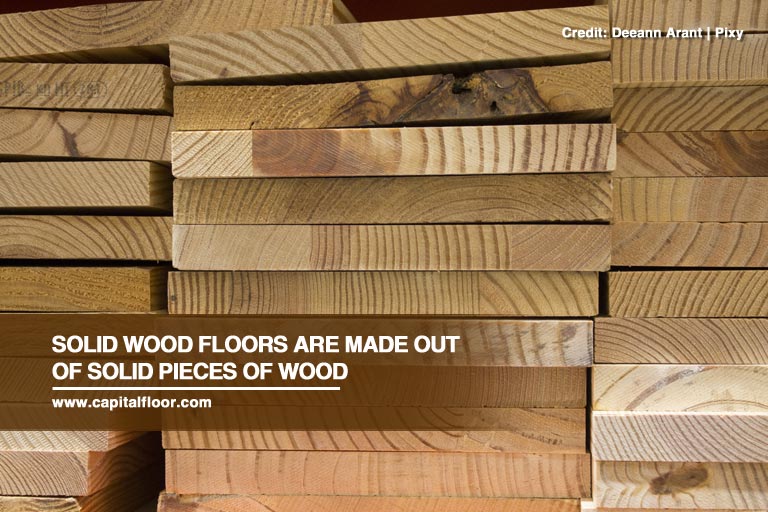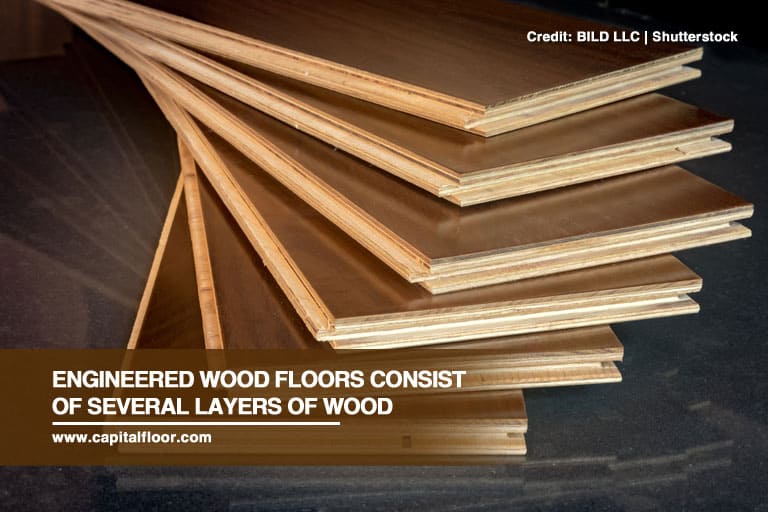Our showroom is open to the public. Please click HERE for more details.
Our showroom is open to the public. Please click HERE for more details.
Wood floors have an innately classic and timeless look. People have been using wood to build homes for as long as 10,000 years. Given its natural, sustainable, and extremely durable attributes, it’s a smart investment, especially when you’re building a structure that can stand the test of time.
Selecting the material for your floors used to be straightforward. Suppliers only had solid wood available and a limited number of tree species to choose from. Nowadays, there are various types of hardwood floors to sift through, each with special characteristics, advantages, and disadvantages. Solid wood is still a popular choice, but there are also other alternatives such as engineered wood and reclaimed wood.
Making the decision can be tough. To help you out with your choice, here’s a guide to understanding the many types of wood flooring.
Before settling on which wood floor to install, it is important to know the various wood flooring types available in the market. Different types of wood flooring — solid wood vs. engineered hardwood vs. laminate — have varying pros, cons, costs, and design options. Taking these all into consideration so you end up with the perfect floors.

Solid wood is the original and primary wood flooring option and is exactly as its name implies. It is made out of a solid piece of wood, anywhere between 18 to 20 mm thick. This thickness allows it to be refinished several times during its lifespan. It can last from 50 to 70 years, but a 100-year lifespan for solid wood is also possible.
The price for solid wood can vary, depending on the species of wood and the cost of the raw form.
Pros:
Cons:

Engineered hardwoods are made out of 3 to 4 layers of wood glued together, which can be around 14 mm thick combined. The real-wood veneer is on top and has a thickness of about 4 mm, which provides an allowance for sanding and refinishing to remove damages, wear, and tear.
The lifespan of engineered wood flooring depends on the thickness of the plank. Thinner types can last for only up to 30 years, but thicker ones can reach 80 years.
There is a misconception that engineered wood flooring is cheaper than solid wood, but solid or engineered wood is typically priced the same. What the latter has over the former, however, is stability. The engineered variety is more resistant to warping and can be used in all types of rooms, like the living room, dining rooms, bedrooms, and even kitchen.
Pros:
Cons:

Reclaimed wood is still solid wood that has been used more than once. It is usually salvaged for reuse from older properties. The biggest advantage of reclaimed wood is probably its sustainability. Anyone serious about their environmental footprint or recycling should consider reclaimed wood.
It is also more durable than some virgin wood. Reclaimed wood can come from old forests with dense growth strings, which is rare to find in trees being harvested these days.
Unfortunately, reclaimed woods can be more expensive than other wood flooring options because of the labour that goes into saving them and the rarity of the product.
Pros:
Cons:

Another challenge today for consumers is the growing number of alternatives to real wood. Many products may appear to be wood but they’re actually not. Despite the similarity in appearances, there are key differences between them.
While it’s technically a type of grass, bamboo can look and feel similar to natural hardwoods. It is also a “green” choice for construction since it regenerates fast, preventing problems like deforestation. It is water-resistant, termite-resistant, and extremely durable. A properly maintained bamboo floor can last for more than 50 years.
Pros:
Cons:
One of the most common confusion is with laminate flooring and engineered hardwood. Engineered woods contain a layer of natural wood on top.
On the other hand, the laminate floor is a compressed layer of fibreboard plank and melamine resin, and covered with a photographic applique layer, simulating wood. It is also much thinner than engineered wood, only around 12mm. Some laminate products include a waterproof core, making it suitable for bathrooms and kitchens.
Pros:
Cons:
The best type of wood for a hardwood floor is made from wood species that are readily available and naturally hard. Each hardwood species varies in hardness, and the lumber industry uses the Janka Hardness Scale to rank how a wood species would perform as a flooring material.
Commonly used wood species include oak, maple, walnut, cherry, and hickory.

Knowing the advantages and disadvantages of each type of wooden flooring, no one type is better than the other. However, determining which is more suitable for your property all boils down to a few factors:
The range of wood flooring can be confusing, but understanding their differences can make the choice for any project much easier. You can also work with a trusted flooring specialist to help find the right match for you.
With over 20 years of experience, Capital Hardwood Flooring has been offering Toronto a wide selection of high-quality hardwood options. Call us today at (416) 536-2200 if you want to learn more about our hardwood flooring products.